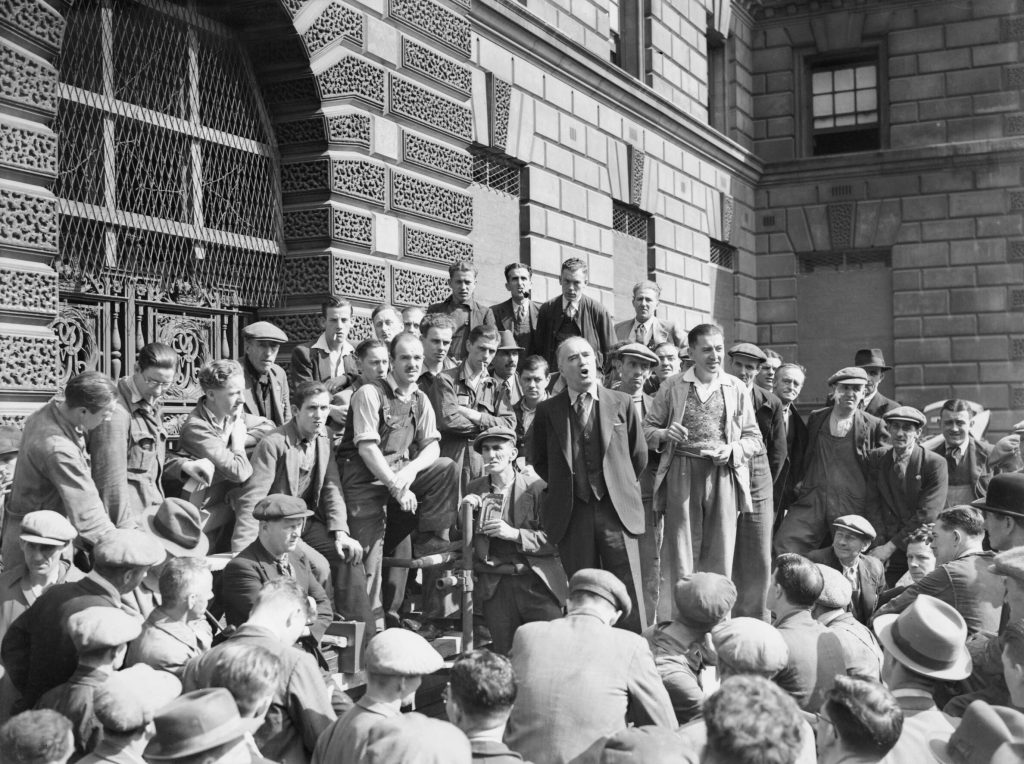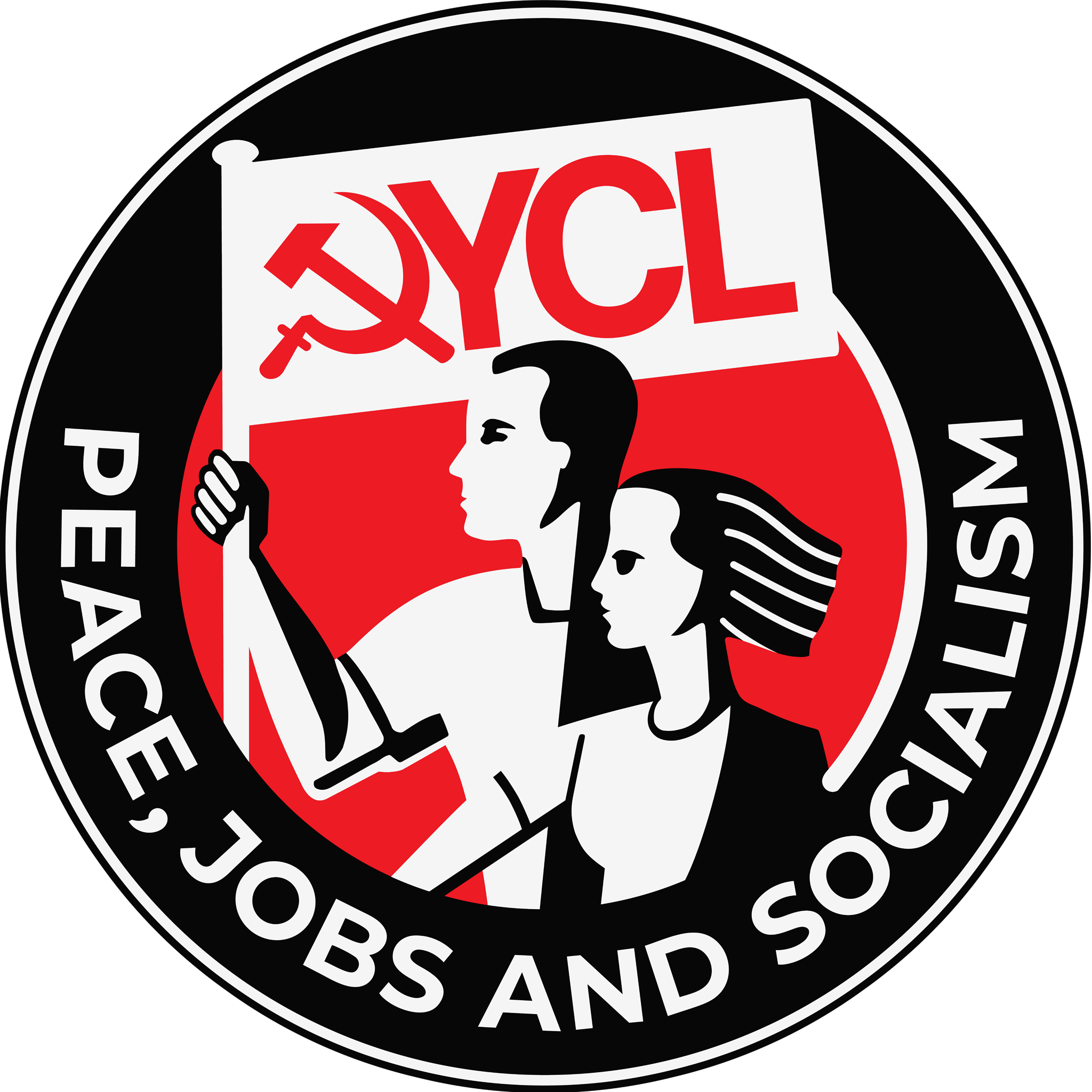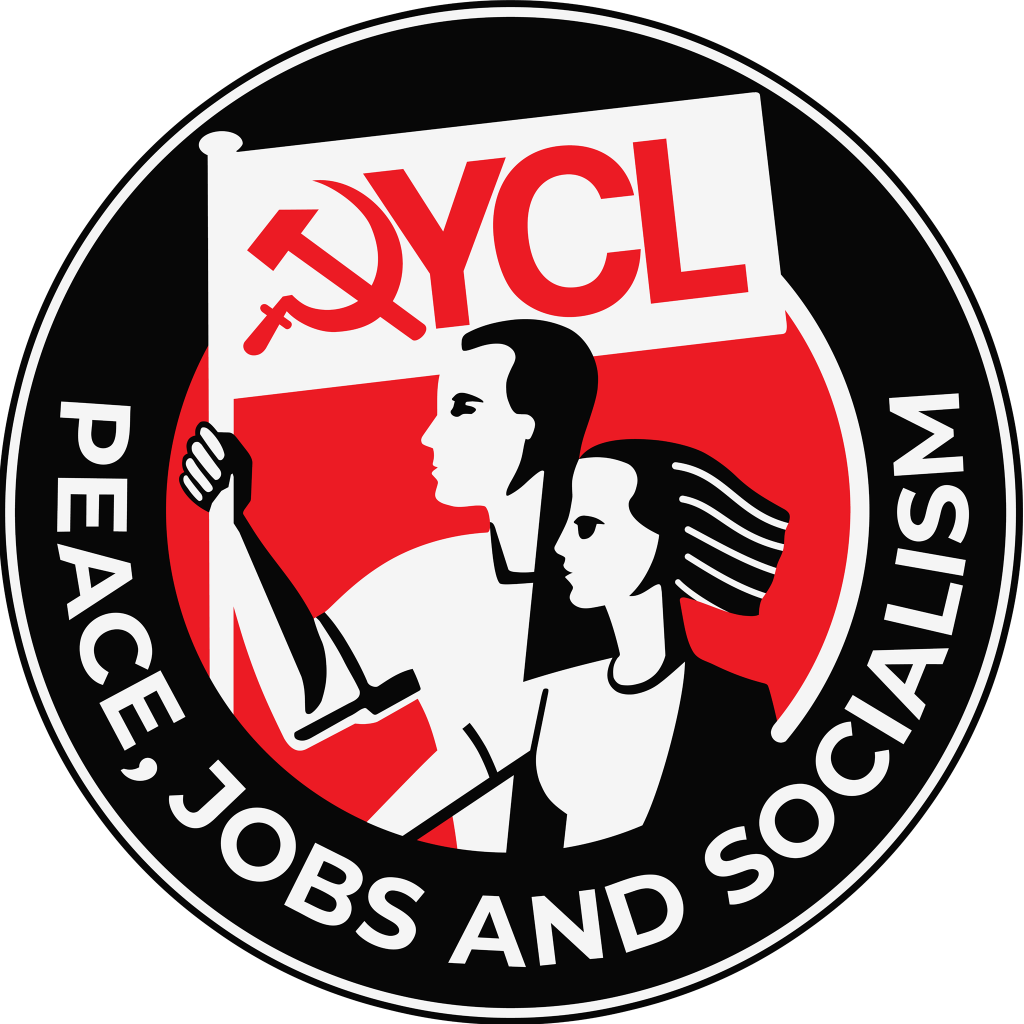This is the online version of Back to Basics, a handbook written by members of the Young Communist League of Britain to act as an introduction to Marxist-Leninist theory and break down key concepts for new learners. It follows in the footsteps of many other texts and series of this nature, from Emile Burns’ classic “What Is Marxism?” to Soviet books like The ABC of Communism and Political Economy: A Beginner’s Course.
It is an update to the old Back2Basics series and is called “Back to Basics” not only as a primer in Marxist-Leninist theory, but also as a return to the original ideas of Marx, Engels, Lenin, Stalin, and Mao which have been endlessly distorted, especially during the decline of communism in the late 20th Century. This handbook therefore rejects both the “post-Marxist” New Left and other revisions to Marxism-Leninism which took place during this time.
This book can be read in any order, but follows a broad narrative divided into two halves. The first half contains more theoretical sections on philosophy, economics, and politics; while the second half contains more practical sections on questions facing the workers’ movement today, including contemporary struggles, socialist states, and anti-communist ideologies.
The book starts by arming the reader with a philosophical lens through which to understand the world, including an introduction to materialism, materialist dialectics, and the Marxist conception of history. This is followed by an introduction to economics, the foundation of all social structures and the key to understanding the contradictions inherent to capitalist society. This includes chapters on value, price and profit, finance capital, and imperialism. The politics section then addresses how to move beyond capitalism, answering key organisational questions about the role of the Communist Party and its approach to matters of class, the state, and the nation.
This brings us to contemporary struggles, which are divided into different sections on industrial strategy, anti-racist struggle, women’s liberation, etc., while simultaneously arguing against common left strategies which seek to isolate these movements in separate, single-issue, and identity-based struggles, rather than in a united movement rooted in class. Chapters analysing six socialist states (the Soviet Union, Vietnam, the DPRK, China, Cuba, and Laos) then give us some important case studies of the revolutionary process in different countries and how Marxist-Leninists have led socialist construction in practice. This is a distinguishing feature of Marxism-Leninism compared to all other tendencies on the left, which either argue that a true socialist revolution is impossible or has always been doomed to fail. Some of these tendencies (reformism, Trotskyism, revisionism, and anarchism) are addressed in the final section on anti-communism, alongside additional chapters on the Labour Party and fascism, two wings of capitalist politics which seek to ensnare and neutralise the workers’ movement.
Each chapter also includes a further reading list and discussion questions for collective study, which is encouraged. While we do not agree with everything in the recommended reading, and indeed, include some texts which we strongly oppose, the texts are recommended on the basis that they are useful for improving the reader’s overall understanding of the subject, and Marxist-Leninists should be engaging with all of their reading critically anyway.
Too many communists also rely on other writers to pre-digest the ideas of the great revolutionaries, and a short guide like this is no substitute for reading directly from the source. These further reading sections are therefore compiled in a section at the back, creating a Marxist-Leninist Reading List of over 100 texts which students of Marxism-Leninism can check off as they read them. Finally, the Marxist-Leninist Glossary at the end provides a tool for jargon busting which can be referred to throughout. All words which are underlined can be found in the glossary.
Communists are lifelong students, and this handbook can only be a jumping-off point for further study. Developing proper reading habits alongside practical organising work is the only way to develop fully as a communist militant. We hope that this can be a valuable resource to help you achieve that aim.
The Central Committee of the Young Communist League and the Challenge editorial team would like to express their sincerest gratitude to all of the members who assisted in the creation, proofing, and editing of this document.



